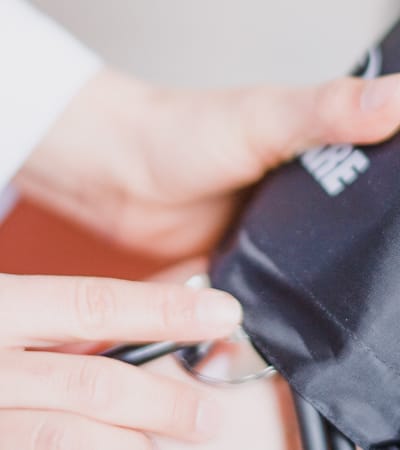Bursitis of the Knee
Causes
Bursitis of the knee is usually caused by overuse or strenuous activity, such as running, kneeling, and repetitive movements. It can also be the result of bacterial infections in the bursa or osteoarthritis and rheumatoid arthritis.
Symptoms
The most common symptoms of knee bursitis are pain, tenderness, and swollenness at the knee. Symptoms usually worsen with increased friction and irritation of the bursa.
Diagnosis
Physicians will thoroughly evaluate the affected knee, symptoms, and medical history to diagnose bursitis of the knee. The physician will compare the condition of both knees, move the legs to evaluate range of motion, and look for swelling and redness. X-rays may also be used to properly diagnose bursitis of the knee and rule out arthritis.
Treatment
In most cases, bursitis of the knee will improve over time. Conservative treatment options include rest, corticosteroid injections, aspiration to reduce excess fluid, and physical therapy. Surgery may be required in chronic cases.




